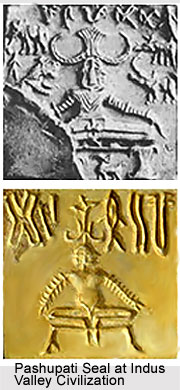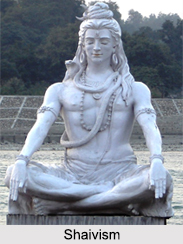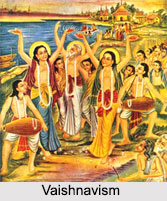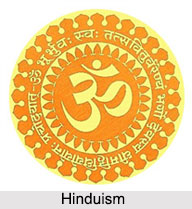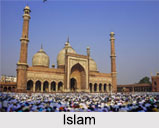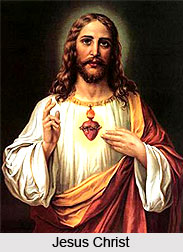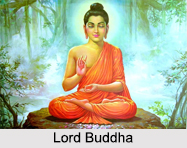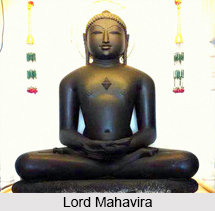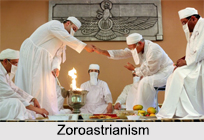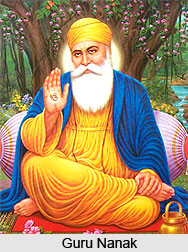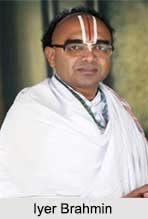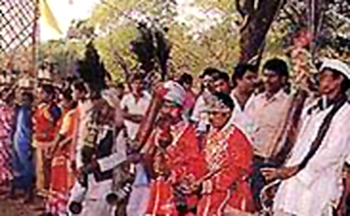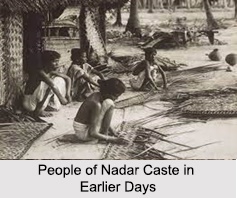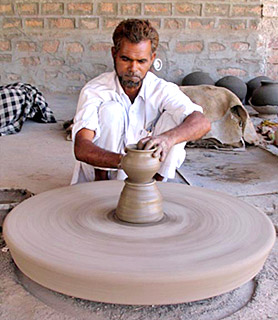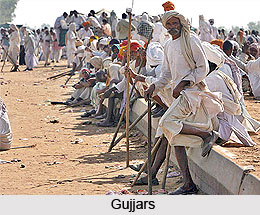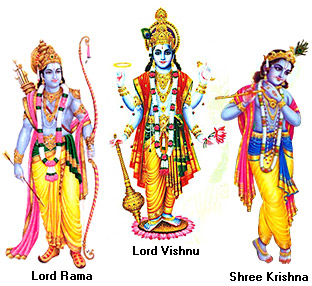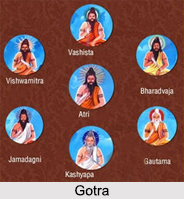Shri Shantinath Digambar Jain Kshetra located at Bhojpur in Madhya Pradesh is a Jain pilgrimage centre. It is an Atishaya Kshetra i.e. Place of Miracles. The temple is situated at a distance of 30 km from Bhopal, the capital of Madhya Pradesh. The presiding deity of the temple is Lord Shantinath, the sixteenth Jain Tirthankara.
History of Shantinath Digambar Jain Kshetra
According to history Shantinath Digambar Jain Kshetra dates back to the ancient times. The idol of Lord Shantinath was installed in the temple under the instruction of the famous King of Dhar, `King Bhoj` in the 11th century. As per the inscription on idol, it was reverenced in year 1100 AD.
History of Acharya Mantunga
King Bhoj was the ruler of Dhara Nagari during 1100 AD. Many great poets and scholars were members of his royal court. `Dhananjaya` a Jain poet was a famous poet of his time. One day the King summoned Dhananjaya in his royal court and praised him for his poems and knowledge. The poet told the king he obtained this vast knowledge under the tutelage of his master Acharya Mantunga, a Jain Muni hence it was the credit of his Guru. The king was so impressed that he wished to meet Acharya Mantunga. He thus sent his attendants to invite the master to his court. During that time Acharya Mantunga was residing at Bhojpur and practicing Penance for self realization and purification of the soul. The attendants went to the Acharya and requested him to come along with them but he denied and remained engrossed in his meditation. The refusal of the sage infuriated the king and he ordered his attendants to forcefully bring the sage. The orders were followed and the sage was brought to his court. The king honoured the sage and requested him to give some religious precepts to the audience present there. However, Acharya Mantunga refused the king for his unpleasant behavior. The king appealed the sage several times but all his efforts were in vain. The enraged king then ordered his soldiers put the sage behind the bars. The Acharya in the prison then began his prayers of Bhagwan Rishabh Dev. He penned down a poem, the `Bhaktamar Stotra` in Sanskrit language. It consisted of 48 Chhanda or Verse. It is now regarded as popular Stotra of the Jains and recited regularly by many people. Every verse of the poem is believed to possess a power that helps in materializing the dreams and aspirations. The power of the mantra also helped the sage to be released of the prison. The watchmen saw the miracle, but thinking it to be an illusion he again locked the sage in the prison. The Acharya once more began reciting the mantras that broke the locks of prison. Seeing this miraculous incident the watchmen hurried to the king and narrated him the story. The king came there and he ordered the soldiers to tie Acharya firmly with strong chains. He was now kept in the prison having 48 locks. The Acharya again began reciting the Bhaktamar Stotra that opened all the 48 locks and broke the chains. He was automatically released from the prison. The king observed this miracle and understood the greatness of the Acharya. He fell down at the feet of Acharya and requested him to pardon his mistakes.
Acharya Mantunga then remained in the city of Dhara for some time and preached the people. Many people being influenced by his teachings accepted the Jain Religion. Later on Acharya Mantunga stayed at Bhojpur he practiced penance. He accepted `Sallekhana Vrit` and gave up his body.
A temple has been constructed in memory of Acharya Mantunga. The foot print of the Acharya is installed in the temple. The Siddha Shila i.e. a rock where the Acharya sat for his meditation can also be seen in Bhojpur. The ruin of the 48 pillars where the Acharya was kept in the prison is located at a distance of 13 km from Dhara.
Temple of Shantinath Digambar Jain Kshetra
The Temple of Shantinath Digambar Jain Kshetra was established in the year 1100 AD. The temple houses the deity of Lord Shantinath. The idol is seen in a standing posture and is 221/2 feet in height. It is installed in the huge sanctum of this temple. The idol of Shantinath is flaunted by 2 standing idols of Lord Parshvanatha and Lord Suparshavnatha on either side. The idols have been magnificently carved and look very attractive. They are almost 8 feet in height. Artistic whisk bearers have been engraved on both sides of the feet of Lord Shantinath. Apart from this many other temples are located here. The Kshetra also houses the ancient image of Acharya Mantunga in studying posture. It is situated at the back side of Siddha-Shila, on a flat rock. It is almost 9" X 9" in size. The idol of Lord Bahubali is installed over the Siddha-Shila.
The Temple of Shantinath is enclosed by scenic beauty that mesmerizes the pilgrims. Being located in the midst of green forests and mountain, the place serves as an ideal location for religious practices. Betava River flows in the west. Many annual gatherings are organized here. Jalyatra and Vimanotsava are some of the festivals celebrated here. The temple has provisions for dharamshalas or rest houses for the pilgrims these are well equipped with all modern facilities. Digambar Jain Dharmashala in Shantinagar is one of the famous rest houses here.
The Temple of Shantinath Digambar Jain Kshetra is well connected to road, rail and air. Busses and taxies are available easily for Bhojpur from Bhopal. Bhopal and Obedullaganj Railway Stations are the nearest stations from here. The airport is located at Bhopal at a distance of 35 km.
